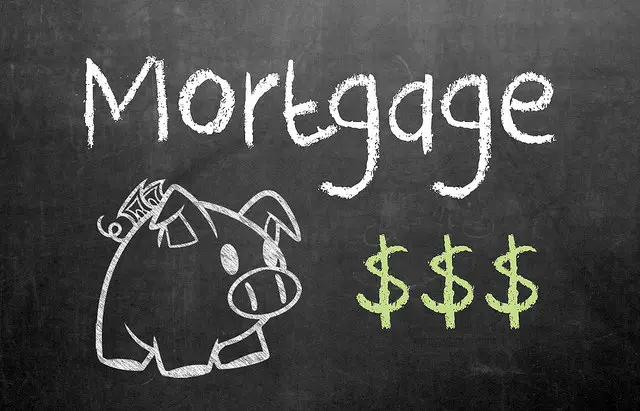 The mechanics behind how mortgage fees work are really quite simple. Mortgage fees are service charges that the lender imposes on a borrower to process the loan. When you apply for a loan, the lender is required to give you a document known as a Good Faith Estimate that lists all of the fees in writing. These fees pay the entities that are responsible for securing the home loan including the lender, appraisers, credit reporting agencies and inspectors.
The mechanics behind how mortgage fees work are really quite simple. Mortgage fees are service charges that the lender imposes on a borrower to process the loan. When you apply for a loan, the lender is required to give you a document known as a Good Faith Estimate that lists all of the fees in writing. These fees pay the entities that are responsible for securing the home loan including the lender, appraisers, credit reporting agencies and inspectors.
The most common mortgage closing cost is the down payment. However, there are usually many others too and they can vary, depending on numerous circumstances. The most common mortgage fees typically fall into four primary categories:
- Mortgage fees. These typically include loan origination fees, points, document prep and underwriting costs.
- Title fees. Title fees ensure there are no ownership conflicts. They include title insurance fees, and settlement fees.
- Outside vendor fees. These payments include home appraisal fees, the cost to run a credit report, and flood determination fees.
- Government fees. These include mortgage registration and other applicable taxes, as well as title recording fees.
Of course, that’s not quite everything regarding how mortgage fees work. Some lenders add so-called junk fees to boost their profit margin. The best way to avoid junk fee charges is by:
- Comparison shopping
- Understanding what you are being charged for
- Challenging any questionable fees you identify
***
This is article 2 of 25 from my no-nonsense “Mortgage Basics” quick-reference series.
Photo Credit: GotCredit

Question of the Week